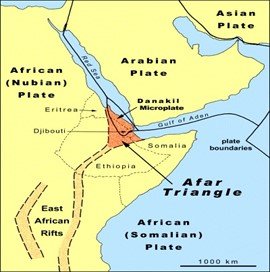Prelims 02-04-2024
Bohag Bihu
Why in news?
- Traditional Assamese Gamosa (rectangular piece of cloth) sees surge in demand ahead of ‘Bohag Bihu’.
About the Bihu:
- Bihu is the essence of Assam and is celebrated across the state with a tremendous zeal and enthusiasm.
- There are three Bihu festivals namely
- ‘Bohag Bihu’ is celebrated in the month of ‘Bohag’ (Baisakh, the middle of April): It is also called the Rongali Bihu and is a festival of merriment and heralds the Assamese New Year and the onset of spring.
- ‘Magh Bihu’ is celebrated in the month of ‘Magh’ (the middle of January): It is also called Bhogali Bihu, which is quintessentially the festival of food. It marks the end of the harvesting season. The eve of the Magh Bihu is called the Uruka.
- ‘Kati Bihu’ is celebrated in the month of ‘Kati’ (Kartik, the middle of October): It is also called Kongali Bihu unlike the other Bihu’s, is not a flamboyant festival and the festivities are graver in nature. An earthen lamp is lit near the Tulsi plant which is termed as the ‘Tulsi Bheti’.
Significance:
- Each Bihu coincides with an idiosyncratic phase in the farming calendar. The Bohag Bihu marks the New Year at the advent of seeding time, the Kati Bihu marks the completion of sowing and transplanting of paddies, and the Magh Bihu marks the end of the harvesting period.
Afar Depression
Why in news?
- Geologists predict that the African continent’s rift in the Afar Triangle could lead to the formation of a new ocean in 5 to 10 million years.
About
- The Afar Triangle is also known as the Afar Depression, located in the Horn of Africa.
- The Afar Triangle is a geological depression where three tectonic plates—the Nubian, Somali, and Arabian plates— converge.
- This area is part of the East African Rift system, which extends from the Afar region down through eastern Africa.
- The rifting process occurring here is a result of the tectonic plates slowly moving apart, a phenomenon that has been taking place for millions of years.

Formation of New Ocean:
- In 2005, a 35-mile-long rift opened up in the Ethiopian desert, signaling the ongoing separation of the African continent.
- This rift is the surface expression of deep-seated tectonic forces at work, as the Somali plate moves away from the Nubian plate, stretching and thinning the Earth’s crust.
- Geologists predict that in 5 to 10 million years, the tectonic movement will eventually split the African continent into two, creating a new ocean basin.
- This new body of water would be the result of the Red Sea and the Gulf of Aden flooding over the Afar region and into the East African Rift Valley.
- Consequently, this part of East Africa would evolve into its own distinct continent.
